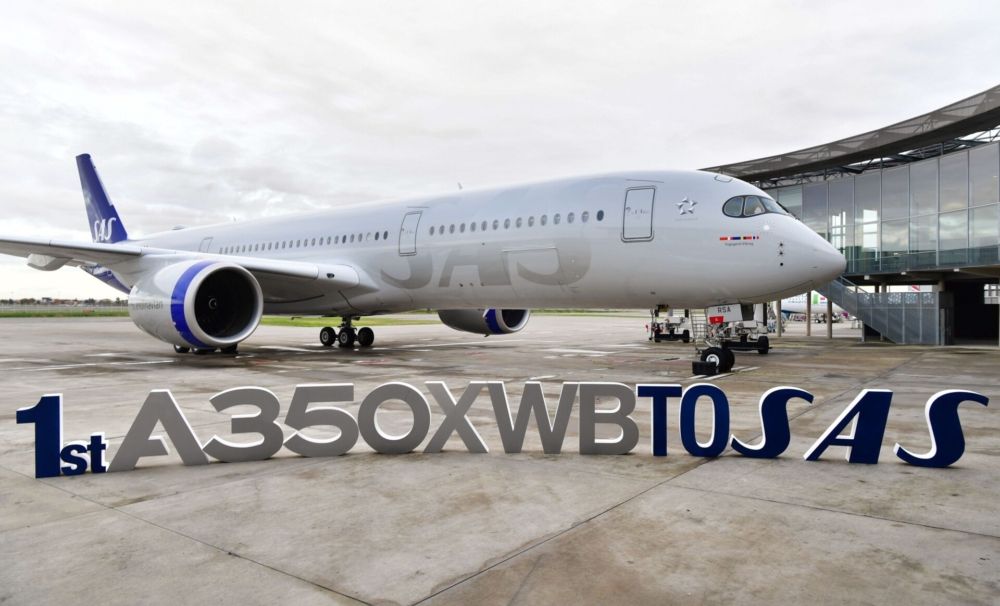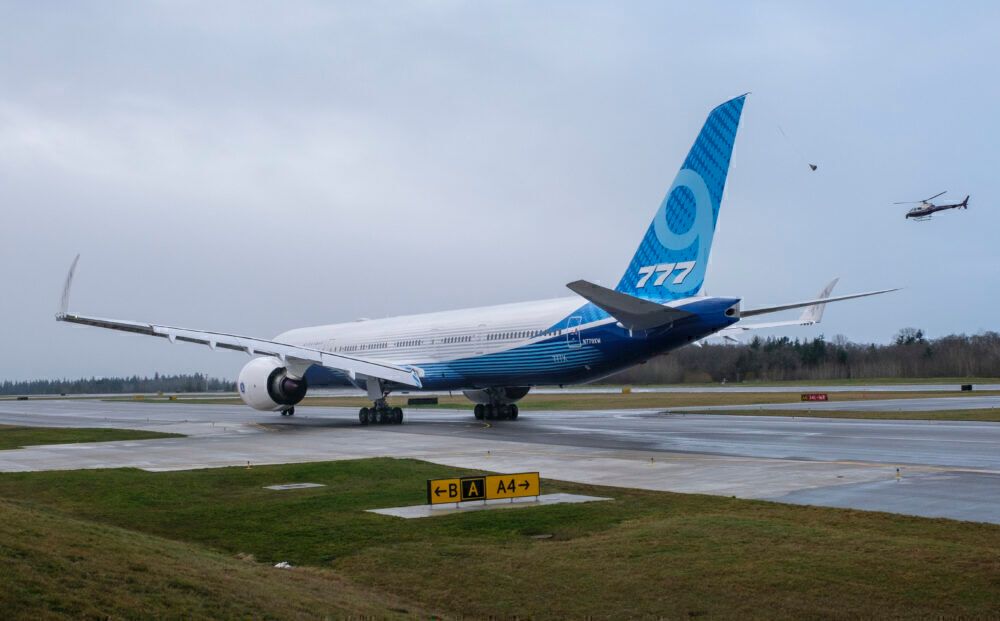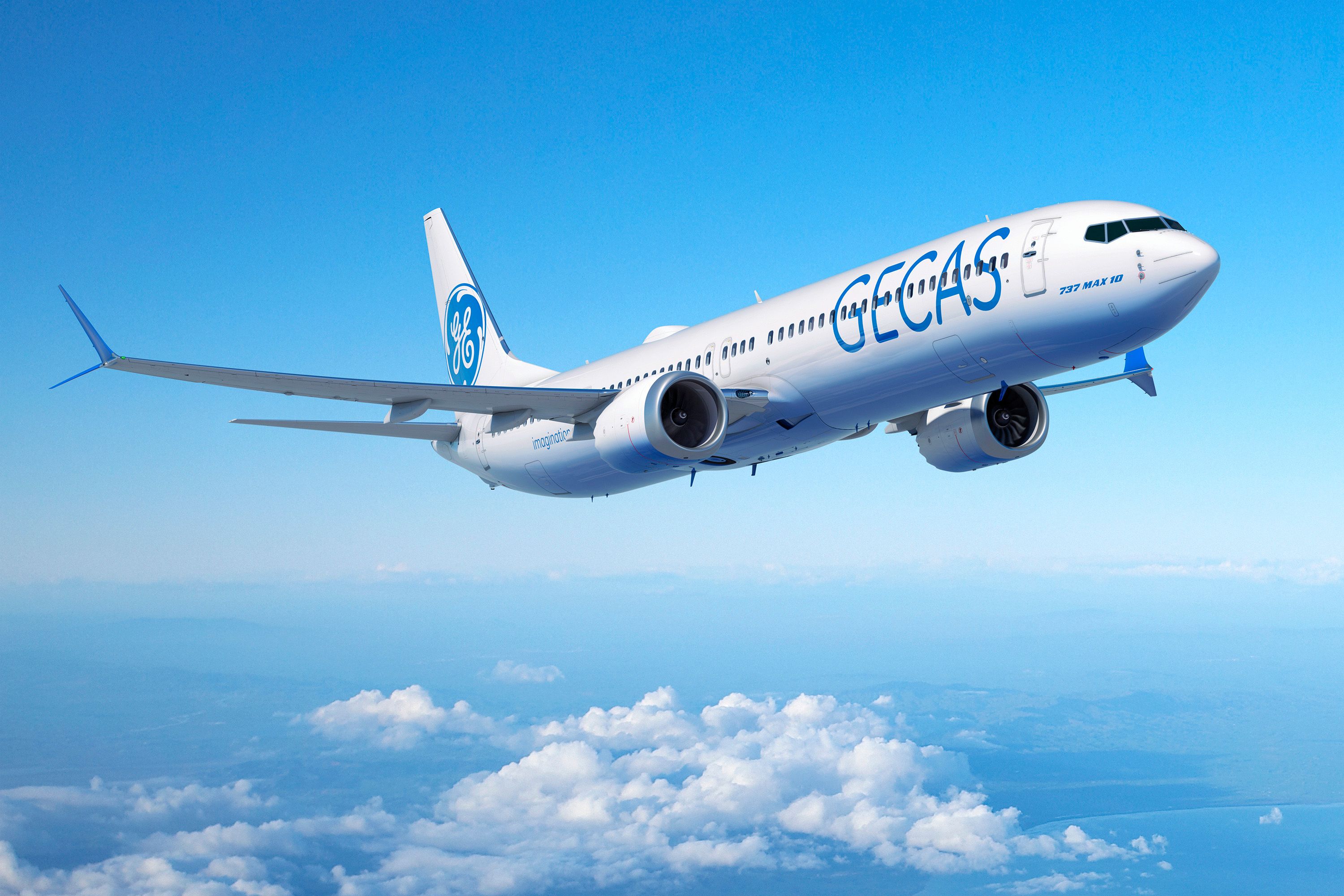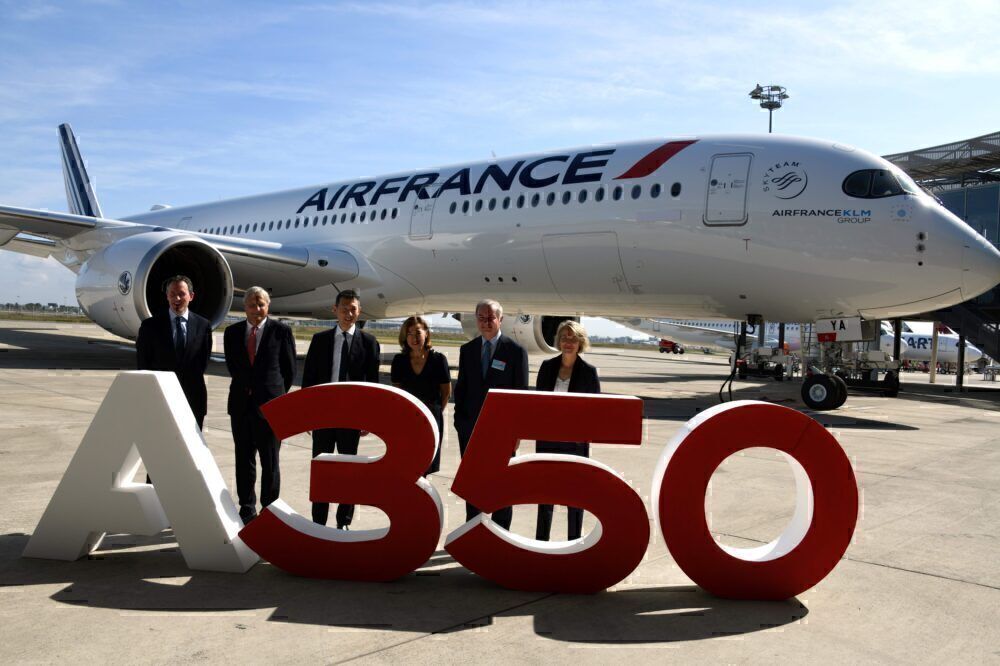Buying aircraft is not a cheap business, with the list prices of aircraft often running to tens, if not hundreds of millions of dollars. Of course, airlines can often negotiate hefty discounts on these published prices, particularly if they're ordering a lot at once. Even so, how on earth do they actually pay for these planes? Let's find out.
The cost of a plane
Last year, Simple Flying took a look at the published list prices of various Boeing aircraft. At the time, its cheapest aircraft for sale was the 737 NG, specifically the -700. This is published to cost $89m, slightly less than the $99.7m of the 737 MAX 7. On the other hand, the most expensive aircraft for sale at the moment is the eagerly anticipated Boeing 777-9, which has a list price of $442.2m.
When Airbus published list prices, its most expensive model was the A380, coming in at $445.6m. Meanwhile, the cheapest was the A318, at just over $77m. However, Airbus recognized that these list prices were something of a farce, given the amount of negotiations that go on. As such, Christian Scherer, the commercial chief at the company, decided to stop publishing price lists in July 2019.
Nevertheless, airlines are still parting with hundreds of millions of dollars in aircraft orders. For bulk purchases, the total can sometimes even reach into the billions. With this in mind, how exactly do carriers finance these purchases?
Stay informed: Sign up for our daily and weekly aviation news digests.
To lease or to buy?
For many airlines, the headline purchase announcements aren't really purchases at all. Leasing is incredibly common in the aviation industry, with around half of operational aircraft currently on lease, according to a 2018 CAPA report.
Many of the world's biggest leasing firms are based in Ireland. Some of the key players in this sector include the likes of Aercap, Avolon, and GECAS. This is primarily down to favorable tax conditions there, and a historically strong industry. In any case, this begs a similar question: how do the lessors buy planes for airlines?
A key factor is that leasing firms tend to have better credit ratings than airlines themselves. This is down to them being perceived as lower risk by creditors, which allows them to finance aircraft purchases at much-reduced rates. These savings are then able to be passed on to airlines under competitive leasing deals.
The airline industry is always full of new developments! What aviation news will you check out next?
For the airline, as well as securing an aircraft at a competitive rate, they also benefit from being able to queue jump. Aircraft purchases usually have lead times between two and ten years, but, by leasing the plane, they can expand faster.
What if they want to buy?
Although there are benefits to leasing a plane, airlines also like to own them . Owning planes outright gives the company more assets, adding value to the business and giving it some options for raising liquidity in the case of financial difficulties.
In this situation, airlines will usually raise capital through direct lending. Just as we can borrow money (albeit on a smaller scale), airlines are able to take out secured or unsecured loans to buy aircraft. However, given the huge sums at play, this may be provided by a consortium of banks rather than one individual lender.
The other option for airlines is finance leasing, also called 'capital leasing.' This is a longer-term arrangement than typical leasing, which allows the operator to come close to 'owning' the aircraft through a complicated transaction process. In a very generalist term, it's a bit like a hire purchase agreement where the airline has the opportunity to purchase the plane outright at the end of the lease.
How much of a discount do airlines get?
Earlier on, we alluded to the fact that airlines will rarely pay the list price if buying aircraft outright. But, with this being the case, what sort of a discount do carriers typically score for themselves? As it happens, half-price is about the norm, with Airbus having revealed back in 2019 that the average discount is around 50%. When making a bulk order for such expensive jets, this certainly adds up!
Did you know how airlines pay for planes? Are you surprised by the amount of leased aircraft in the world? Let us know your thoughts in the comments!
Source: CAPA




